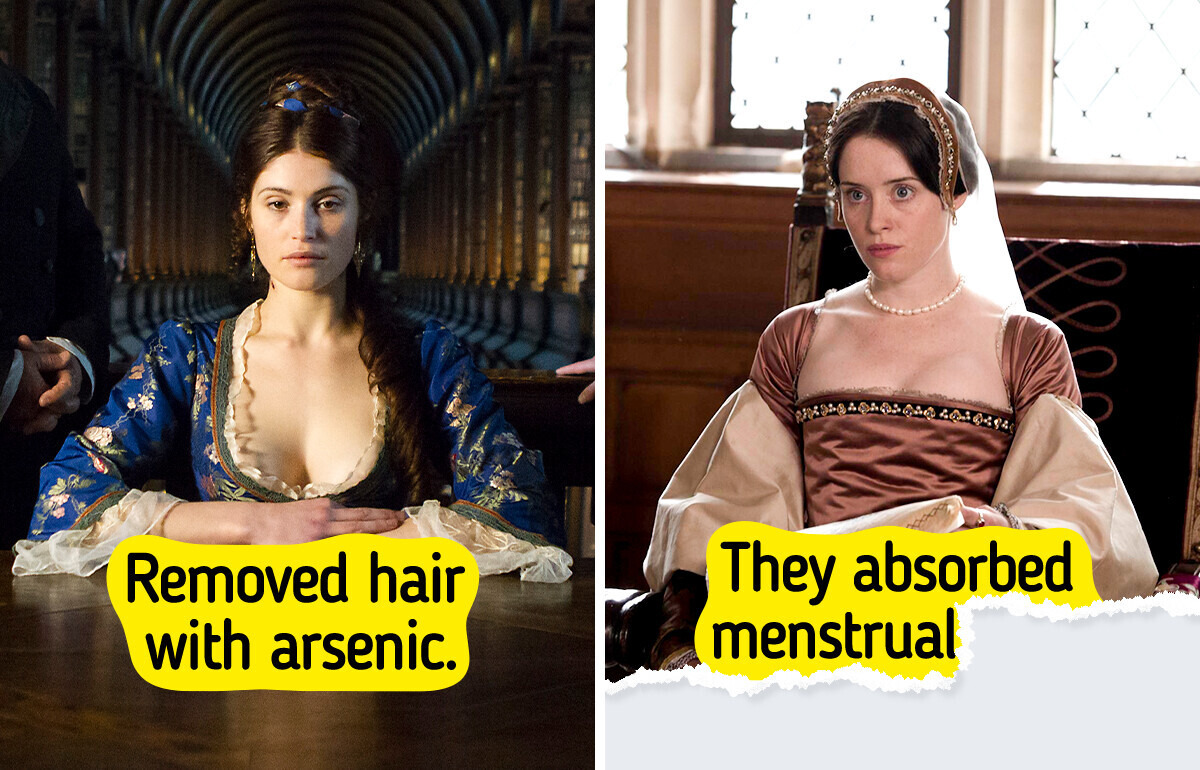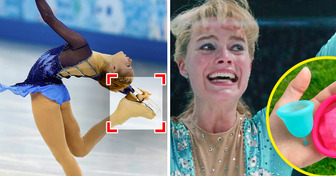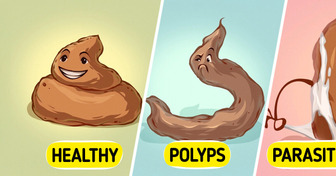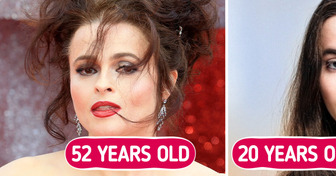10 Celebrities Whose IQs Are Astonishing — Some Might Even Beat Einstein


These days, it’s easy to take cleanliness for granted — we can shower whenever we please and choose from an endless array of soaps, shampoos, and skincare products. But life in the Middle Ages was a completely different story. With limited resources and very different ideas about health and hygiene, people often had to get inventive just to stay clean. Intrigued by what daily life was really like, our editorial team dug into historical accounts and unearthed fascinating — and sometimes truly shocking — facts about medieval hygiene.
During the Middle Ages, while wax and depilatory creams were still used, the use of tweezers and razors increased. They also used a depilatory cream formula containing arsenic and quicklime, which was highly harmful to health.
In the Middle Ages, brides carried bouquets for 2 reasons. It was believed that flowers brought good luck, and the bouquet was also used to mask body odor.
At that time, most people bathed once a year, in May. June was a popular month for weddings because it was right after the bathing month. Wedding bouquets helped brides conceal returning unpleasant odors.
We now have a vast selection of hair care products, but people in the Middle Ages could only dream of such a variety. They used olive and almond oils for hair care and getting rid of lice.
The Battle-Merchant portal, dedicated to historical reconstructions, notes that lavender oil was the most popular remedy against parasites. People liked its pleasant fragrance, and it was also believed that lavender had an anti-putrefactive effect.
In the 14th century in Europe, some people developed a fear of taking baths after numerous epidemics. It was believed that infected air could penetrate through cleansed pores.
There was an entire “miasma theory” proposed by Hippocrates back in the 5th century, which claimed that ailments such as cholera, plague, and other diseases arose from “bad air.” Therefore, ladies wiped their bodies with perfumed cloths and dampened their groins and armpits with rose water. This means that some aristocrats preferred to take a bath without water.
The common people tried to conserve water, which is why the water in the bath was reused. The whole family would bathe in one tub. The historical portal History Collection explains that usually the father, the head of the family, would bathe first in the clean water, followed by the other men, and only then could the mother and daughters do it in order of age.
People would stand in the bath rather than sit in it, pouring water over themselves with a scoop. Only infants were fully immersed in the water, whereas older children were simply rinsed off with water.
Soap was expensive, so it was mostly reserved for laundry. But now we can just go and buy it in the nearest supermarket for a meager sum and with any scent, from melon to Shanghai rose. Isn’t that a wonder of the 21st century?
Before the advent of toothpaste, people invented various ways to maintain oral hygiene. In one part of the book The Trotula, which reveals beauty secrets for medieval women, there is an interesting recipe for teeth whitening.
Women are advised to remove the contents from a walnut shell and rub their teeth with it 3 times a day, then rinse their mouth with salt water.
Try to imagine, instead of using pleasant toothpaste, you have to brush your teeth in the morning with a shell and salt water. The mere thought of it gives us goosebumps.
In the Middle Ages, it was customary for peasants to regularly air out their clothes. They would hang them out overnight to get rid of unpleasant odors. As noted by the Battle-Merchant portal, which is dedicated to historical reconstructions, it was believed at the time that moonlight had purifying properties.
This is how harsh the life of people in the Middle Ages was, while we sometimes can’t choose between a regular washing machine or one with an integrated dryer.
At that time, dogs were considered a symbol of nobility and wealth. According to the Getty Research Institute, aristocrats kept such breeds as alaunts, greyhounds, mastiffs, and spaniels.
The illustrated manuscript Très Riches Heures du Duc de Berry testifies that European nobility brought their pets to banquets. Dog owners thus demonstrated their status, wealth, and taste.
Another reason for dogs’ presence at feasts was that they helped dispose of waste. Dogs ate leftovers from the floor, or servants later fed them the remaining food.
To clean leather shoes, a mixture of wax and oil was often used. This mixture helped keep the leather supple and also protected it from dirt.
To tackle unpleasant odors, dried herbs were used, which were sprinkled directly into the boots. Most often, these were mint and sage. These herbs absorbed moisture and masked unpleasant odors with their aroma. Sometimes, essential oils were dripped into the shoes or birch twigs were placed inside.
Women of all social classes needed a way to manage menstrual blood flow. Well into the twentieth century, the age-old method of using “rags” remained common — strips of cloth torn and stuffed between the legs.
As for the tampons, their earliest recorded use has long been linked to opium. According to The Hippocratic Oath and the Ethics of Medicine, ancient Romans made wool tampons soaked in a range of substances — including opium, poppies, bitter almond oil, boiled honey, sea onion, and ox marrow — among others.
The traditional red petticoats, worn closest to the skin beneath multiple layers of skirts, may also have served a practical purpose — helping to disguise and absorb menstrual stains.
Fashion through the ages has given us garments that seem extravagant or downright bizarre today. From corsets to quirky hats, these bold designs once carried practical or symbolic meaning that only made sense in their own time.











